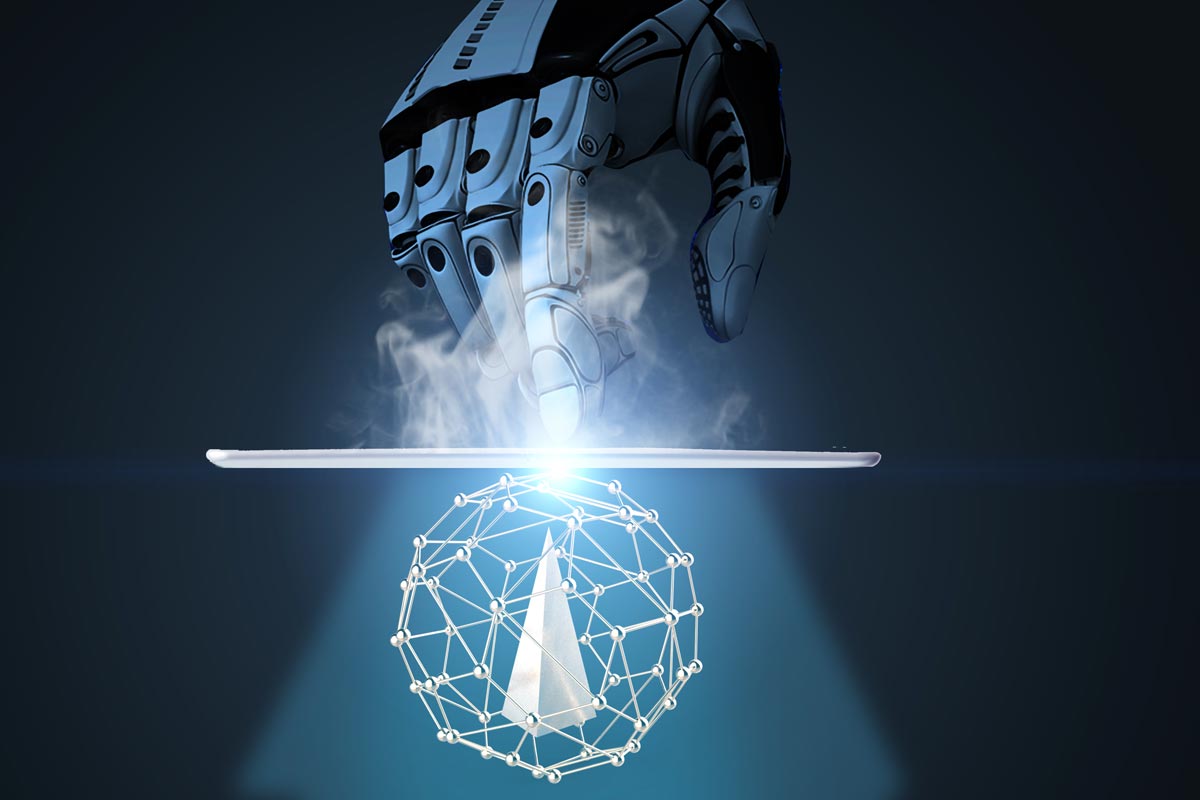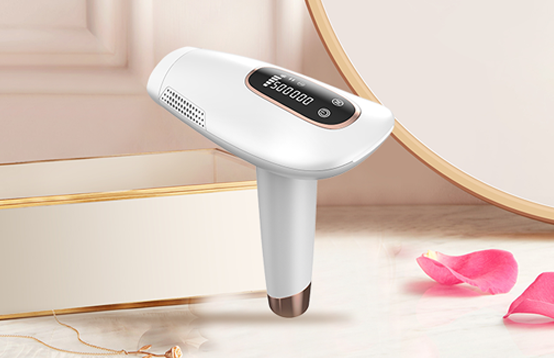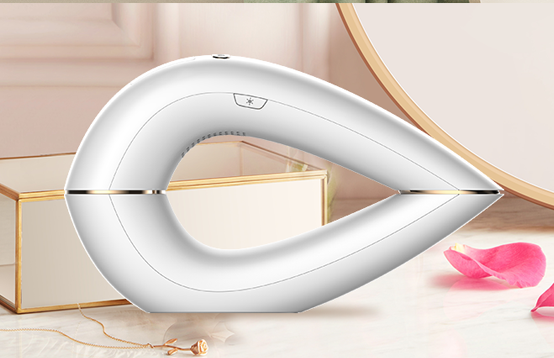What's the difference between fields of R&D and design & engineering?

What's the difference between fields of R&D and design & engineering? This answer got kind of long because it is a fundamental question.
There is some overlap, but R&D companies typically are set up to take a concept from idea to prototype. Usually those prototypes, even if they are “pilot manufactured” by the R&D company, will need some more advanced industrial engineering to make the design manufacturable and salable, and often the design & engineering company will also add cosmetic enhancements to make the product more appealing, easier to stock, easier to distribute, and in compliance with all government regulations.
Large companies have R&D sections or divisions under one umbrella, but the process will be similar to what I describe here so just think “another division” instead of “another company”.
I owned an R&D company with a small manufacturing section. We could manufacture in small quantities, but we would hire a design & engineering company when we got ready to manufacture in large quantities. We would do what we called “pilot manufacturing” but it really was “prototype pilot manufacturing”. Our job was to make the product functional and manufacturable.
A design engineer needs to understand how to incorporate commercially available components into an assembly, complete a bill of materials, and how to comply with all the government regulations for making the device. An R&D engineer should know these things too but is more focused on the functional requirements of the assembly.
Here’s how it works practically: When I’m doing R&D to develop an assembly, I don’t worry as much about the cost of each component until I’m sure what will work. Then after I have a working product I’ll go back through the assembly and suggest commercially available parts. I might even test my design by developing a small manufacturing run using the parts I specified. I usually call that “pilot manufacturing” but really it is just part of the R&D process.
When the design engineer gets it we will meet and go through the whole bill of materials, bidding out every component. He’ll know which ones are ROHS, CE, UL or other regs compliant, which ones will require further approvals, and how to proceed if they do. I’ll advise him on what testing might be required if we make a different selection than the ones I picked. At the end of this process we’ll have the bill of materials. We’ll then meet with the designers, marketers, shipping, packaging design, etc. to go through branding, labeling, instruction sets, packaging, distribution, bar codes, QR codes, etc. Each of these disciplines has their own set of regulations governing how they are done. All of those disciplines are in the design engineer’s company but not necessarily in the R&D company.
At that point you will bring in the manufacturing engineer. They will take the design engineer’s product, and comply with the steps and requirements for ordering and inspecting parts, manufacturing, shipping, and quality control after the product gets into the marketplace.
Product engineering requires all of these disciplines and each one is different. When you develop a product there are hand-offs between the disciplines but there is usually a continuing dialog and need for interaction throughout the product’s life between the R&D engineers, the design engineers, and the manufacturing engineers.

 EN
EN  ES
ES PT
PT SV
SV DE
DE TR
TR FR
FR


